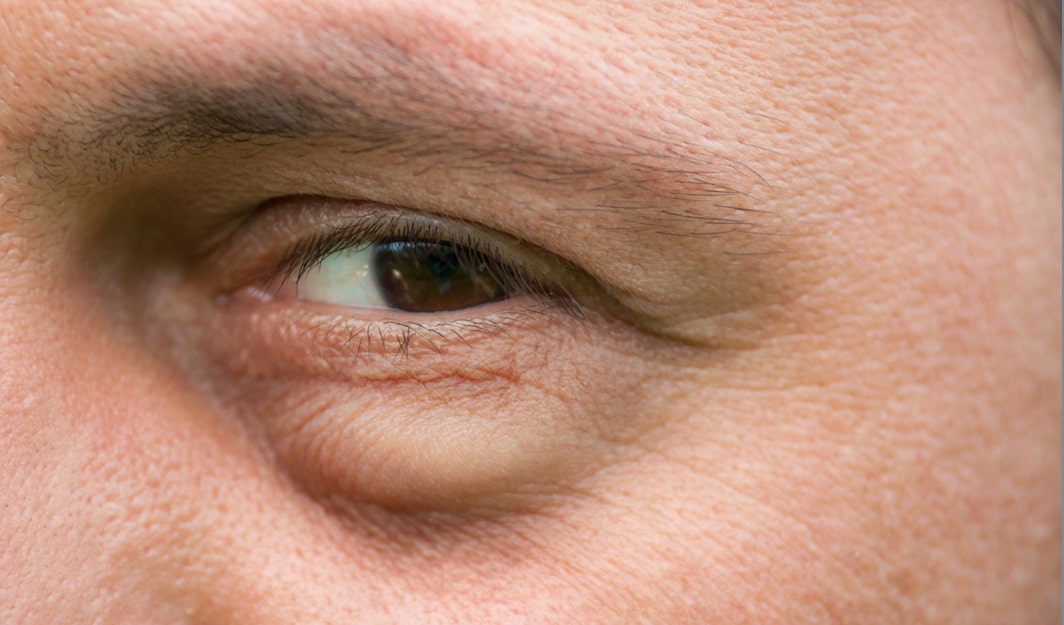Patients who come to me for eyelid surgery are often confused by the conflicting information that is found on the Internet. In this blog I hope to dispel the confusion with a simple anatomy lesson.
There is no single operation that will work for all lower eyelids. This becomes readily apparent if we consider the anatomy of the lower eyelid and how it changes in different ways in different people with the aging process.
 As you can see in this diagram there are several layers that make up the lower eyelid. Let’s look at them starting from the outside and moving inward.
As you can see in this diagram there are several layers that make up the lower eyelid. Let’s look at them starting from the outside and moving inward.
The outer layer is the skin, which may lose its tone and become wrinkled with the aging process. There are several ways to treat the skin including chemical peels, laser resurfacing, and surgical removal of excess skin. The choice of treatment may be affected by whether other levels of the eyelid need to be treated.
Next comes a very thin layer of fat, which usually does not require treatment.
Under the fat is an important muscle known as the orbicularis. We activate this muscle when we squint and it plays an important role in the tone and contour of the lower eyelid. If the muscle is stretched out it may form folds or cause the lower eyelid to lose a well toned look. Restoration of orbicularis tone is a frequently overlooked area in lower blepharoplasty surgery.
Next comes the orbital septum a thin membrane of tissue which holds the fat compartments of the lower eyelid in position. Over time the pillows of fat on which the eyeball rests bulge forward and stretch out this membrane, which causes the puffiness that appears in the aging lower lid. Reduction of lower eyelid bulges occurs when the surgeon either trims the excess fat, repositions the fat, or tightens the orbital septum.
Finally we reach the three pillows of fat of the lower eyelid. Heaviness occurs when this fat bulges forward from its normal location underneath the eyeball and pushes into the lower eyelid. This fat can be approached in two different ways. In the external approach the surgeon makes an incision below the eyelashes, lifts up the skin, comes through the orbicularis muscle, and opens the orbital septum to reveal the excess fat. In the internal or transconjunctival approach the surgeon makes an incision on the inside of the lower eyelid and approaches the fat compartments directly.
From this anatomy lesson you can see that there is no standard lower blepharoplasty procedure. Different layers affected to different degrees in different people. Lower eyelid surgery demands precision in diagnosis as well as in surgical technique.




